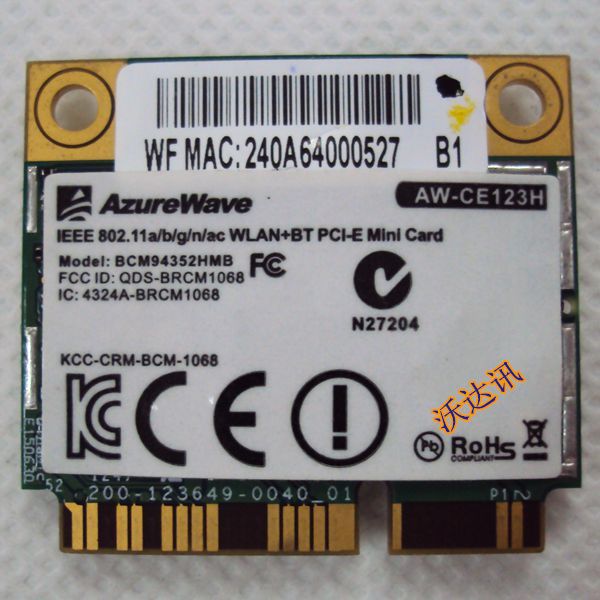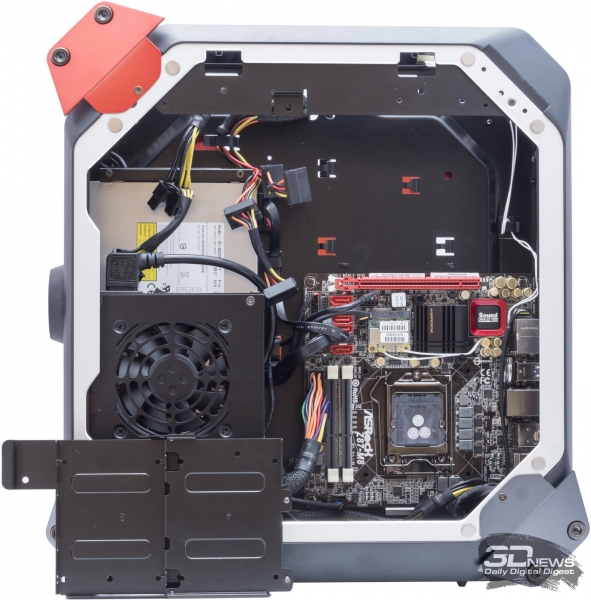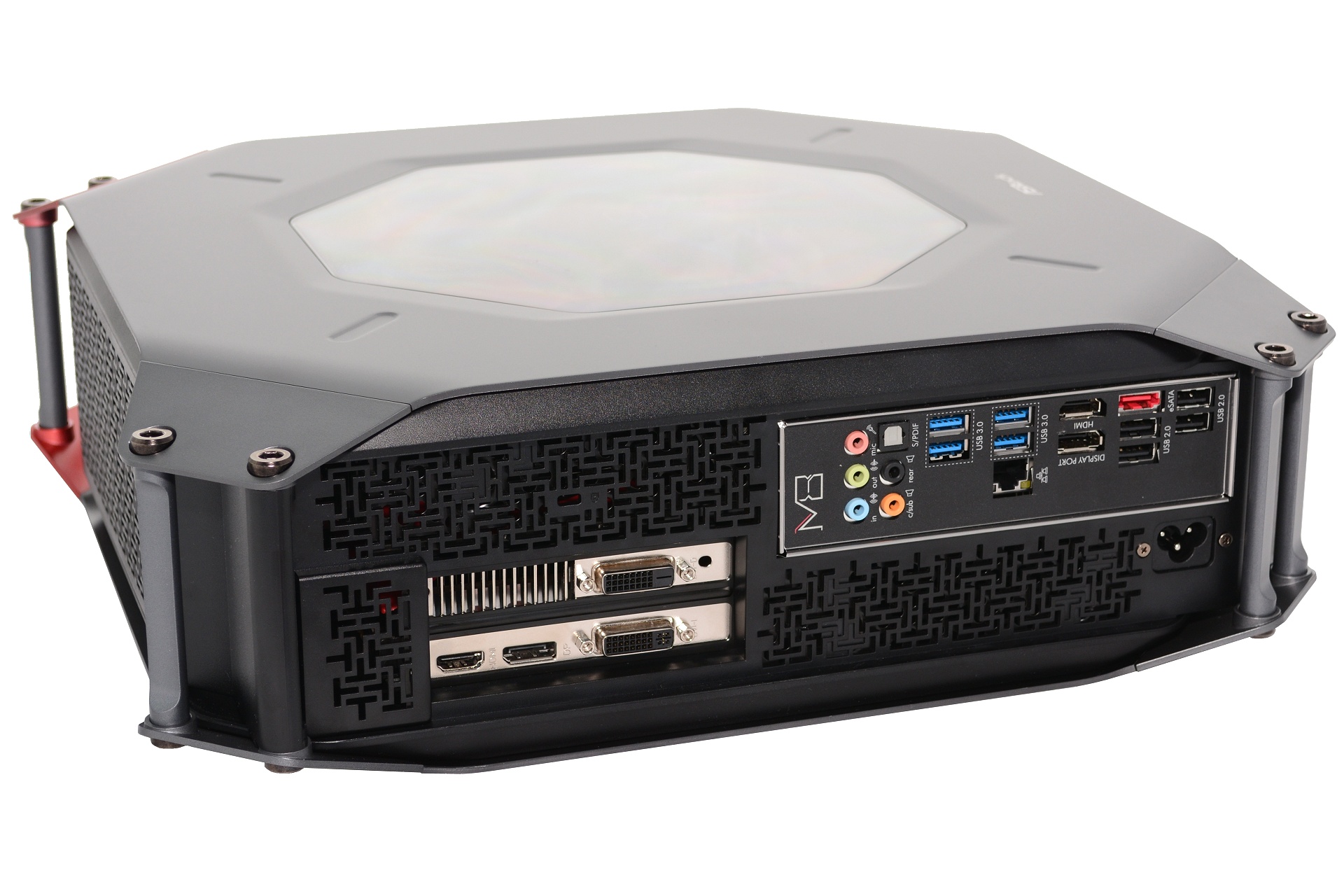
- #Broadcom 802.11ac driver asrock m8 install
- #Broadcom 802.11ac driver asrock m8 full
- #Broadcom 802.11ac driver asrock m8 torrent
- #Broadcom 802.11ac driver asrock m8 mac
#Broadcom 802.11ac driver asrock m8 full
If you are asking about a Laptop, you must provide the full model number. We reserve the right to remove posts that don't meet the minimum criteria.

RAM/HDD/SSD/Monitor/Accessories are usually not the cause of issues (though you may provide them anyway).
#Broadcom 802.11ac driver asrock m8 install
#Broadcom 802.11ac driver asrock m8 torrent
#Broadcom 802.11ac driver asrock m8 mac
You can use the following commands to perform the tests: iperf3 -s show client detail 94:65:2d:d4:8c:d6Ĭlient MAC Address. The test should be done using TCP and UDP. The downstream test is vice-versa, meaning that the iPerf server is set on the wireless client itself and the iPerf client is on the wired side pushing the traffic to the wireless client, in this scenario this is considered downstream. The wireless client will be using the iPerf application to push the traffic into the network. The iPerf tests can be subdivided into two categories: upstream and downstream.Ĭonsidering that the iPerf server is listening and iPerf client is generating the traffic, when the iPerf server is on the wired side, this is considered upstream test. In our case this is access switch (Diagram 3). In case of Flexconnect local switching, the client traffic is terminated on the AP itself, and considering that the iPerf server should be set up as close to the termination point of wireless client traffic, you should plug in the iPerf server to the same switch and same VLAN where AP is plugged.

The iPerf server should be as close as possible to the traffic termination point, ideally plugged in the same switch as the WLC itself and use the same VLAN. The red line in the Diagram 2 shows the traffic flow from the wireless client. This means that all client traffic is encapsulated into CAPWAP tunnel and terminated on the WLC. In case of Diagram 1 we suppose that the APs are in local mode of Flexconnect central switching.


This is related to the nature of 802.11 standard which has a lot of administrative overhead (management frames, contention, collision,acknowledgements.) and it can depend on the link SNR, RSSI and other significant factors. Note: The data rate is NOT equal to the expected achievable throughput. Here is a table to evaluate a datarate in Mbps when knowing all those factors : The short or long Guard Interval (GI) will also add around a 10% modification to this. These numbers are only the theoretical numbers from the standard, differences will apply depending on the specific AP datasheet.Ĩ02.11ac is not directly defined in data rates speed, but is rather a combination of 10 modulation encoding scheme (MCS 0 to MCS 9), a channel width ranging from 20mhz (1 channel) to 160Mhz (8 channels), a number of spatial streams (typically 1 to 4). The 802.11ac can be subdivided into two standards: Wave1 and Wave2:Ĩ02.11ac Wave1: supports up to 1.3 Gbps data rates on 3 spatial streams with 80 MHz channel bonding.Ĩ02.11ac Wave2: supports up to 3.47 Gbps data rates on 4 spatial streams with 160 MHz channel bonding. The information in this document is focused on 802.11ac technology and speeds. This document assumes an already functioning setup with 802.11ac access points (APs) giving client connectivity already Components Used This document will describe the way of testing the wireless throughput of an access point focusing on 802.11ac and what throughput to expect in given conditions.


 0 kommentar(er)
0 kommentar(er)
